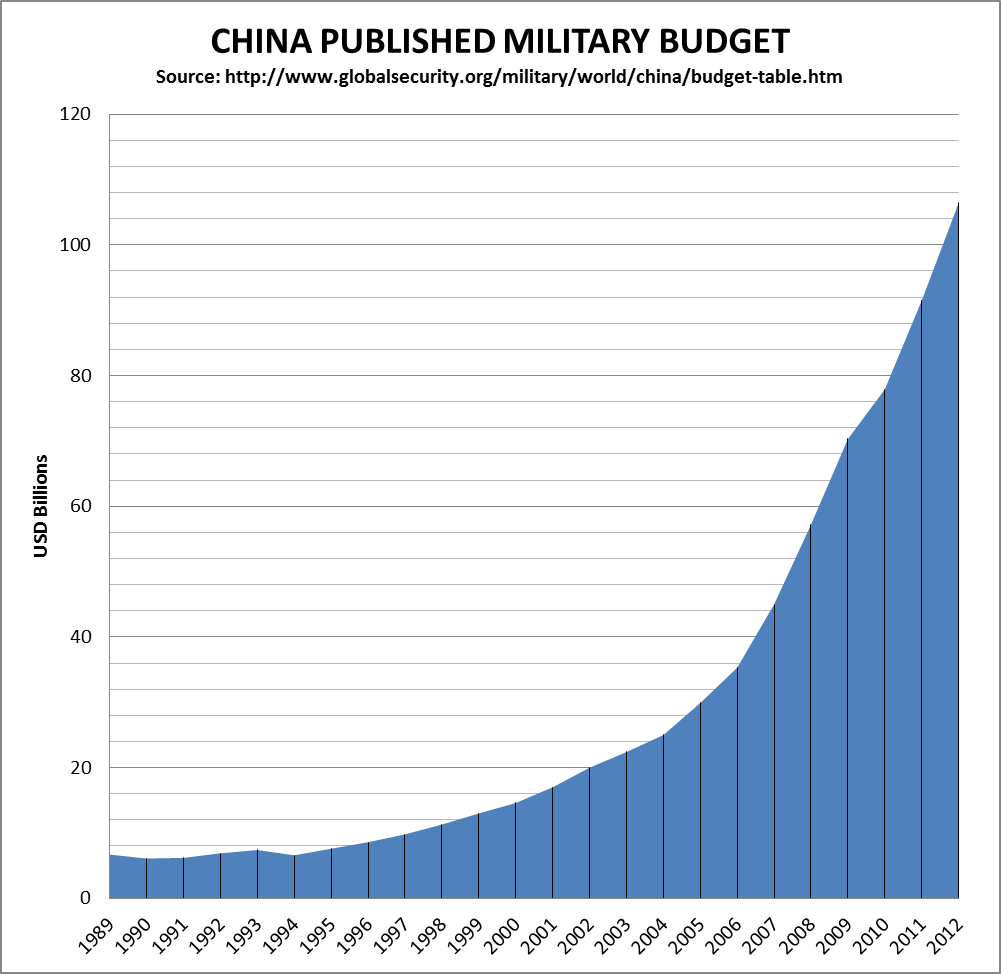TL;DR
The People’s Liberation Army (PLA) has grown dramatically over the last several decades, evolving from a primarily ground based force into a broadly capable force with considerable air and naval capabilities. The PLA has transformed itself into arguably the most potent threat to the United States’ armed forces in the world today. American citizens and entrepreneurs should develop a working knowledge of the PLA’s capabilities to understand the ongoing geopolitical competition between the US and the PRC.
Organization of the PLA
The PLA is organized under the direct control of the Chinese Communist Party (CCP) and consists of five major service branches: the ground force, navy, air force, rocket force, and strategic support force. These five service branches are also organized into 5 theater command regions as the diagram below shows. The service branches and theater commands are both organized under the Central Military Commission, a department of the CCP.


People’s Liberation Army Ground Force (PLAGF)
The PLA maintains a massive ground army of nearly 1 million armed personnel. Traditionally, the PLAGF was even larger, but PRC military reforms have shrunken the size of the army in favor of additional investments into high-tech units such as special operations and electronic warfare.
People’s Liberation Army Air Force (PLAAF)
The People’s Liberation Army Air Force (PLAAF) consists of about 395,000 active personnel and over 3,370 active aircraft. A large number of the PLAAF’s current aircraft are domestically manufactured, including advanced aircraft such as the Chengdu J-20 stealth fighter pictured below. The PLAAF is backed by the growing commercial capabilities of the Aviation Industry Corporation of China. In November 2020, the US government placed AVIC on a prohibition list preventing US companies and individuals from investing in AVIC (source).

People Liberation’s Army Navy (PLAN)
The People’s Liberation Army Navy is now the world’s second largest navy trailing only the United States Navy (source). PLAN is working towards establishing a blue water navy capable of competing with the US navy (source). The PLAN has extended its operation out to the first and second island chains (see the diagram below) and recently established its first overseas naval base in Djibouti in 2016 (source). The on-going tensions in the South China Sea are backed by PLAN’s growing naval might (and by the growing commercial capabilities of China State Shipbuilding Corporation, source).

People’s Liberation Army Rocket Force (PLARF)
The PLARF controls the world’s largest land based missile arsenal (source), with over 1200 short range ballistic missiles, 200-300 medium range ballistic missiles, and 200-300 cruise missiles. The PLARF controls a highly sophisticated nuclear arsenal and is estimated to have up to 320 nuclear warheads in 2020 (source).
People’s Liberation Army Strategic Support Force (PLASSF)
The PLASSF is a newer branch of the PLA that covers a number of nonstandard armed forces, notably including cyberwarfare. The PLA has invested aggressively into growing its cyber offensive capabilities. US government officials have accused PLA hackers of being implicated in the 2017 Equifax Hack (source).
Increases in PLA Budget
The PLA budget has increased dramatically over the last several decades (see first diagram below), making the PRC the second largest military spender in the world after the US (see second diagram below). The PRC arms industry has grown rapidly in tandem. As of 2020, the PRC has become the world’s second largest arms-exporter, surpassing Russia but still trailing the US for now (source).


Discussion
The PLA is the most serious competitor to the US armed forces today. The PLA boasts advanced naval, air force, rocketry, and cyber capabilities. The combination of the PRC’s armed might parallels the tremendous growth of the PRC economy. The US armed forces face a major challenge maintaining competitiveness against the growth of the PLA. How can the US armed forces remain competitive? Leveraging advanced technology and automation may provide for cheaper manufacturing and reduced personnel needs, but these strategies are still in their infancies. We will have more to say in future issues.
Highlights for the Week
https://www.anthropic.com/news/announcement: Anthropic is a public benefit corporation founded by a number of former Open AI scientists and engineers focusing on AI reliability, generality, and safety. Anthropic has raised a $124 million series A round.
https://arxiv.org/abs/2105.12196: DeepMind researchers have trained humanoid avatars to play football.
https://spectrum.ieee.org/tech-talk/semiconductors/devices/south-koreas-450billion-investment-latest-in-chip-making-push: Coverage of South Korea’s planned $450 billion investment into its semiconductor industry over the coming 10 years.
Feedback and Comments
Thank you for reading our subscriber-only newsletter! We’re still figuring out the rhythm for these posts, so if you have feedback on changes you’d like to see, please send them over to bharath@deepforestsci.com! If you’d like to see more financial analysis, or more technical analysis, or deeper dives into a particular industry let me know and I’ll see what we can do.
About
Deep Into the Forest is a newsletter by Deep Forest Sciences, Inc. We’re a deep tech R&D company specializing in the use of AI for deep tech development. We do technical consulting and joint development partnerships with deep tech firms. Get in touch with us at partnerships@deepforestsci.com! We’re always welcome to new ideas!
Credits
Author: Bharath Ramsundar, Ph.D.
Editor: Sandya Subramanian

